If you’ve just acquired a shiny new Apple iPhone 14 Pro or 14 Pro Max, and you’re coming from last year’s iPhone 13 Pro or 13 Pro Max, then you might be in for a slight surprise when it comes to battery life, despite Apple’s claims that the newer handset should be capable of better battery life.
In fact, after testing the iPhone 14 Pro Max extensively on my own, I’ve found it to be a somewhat thirstier in terms of power draw than its predecessor, at least when I take fully advantage of all the new technology Apple purposefully baked into this year’s pro line handsets.
What’s causing this to happen?
There are several variables at play with respect to why an iPhone 14 Pro or 14 Pro Max user might see inferior battery life than an iPhone 13 Pro or 13 Pro Max user, but the following are some of the most considerable of them all:
Always-on display
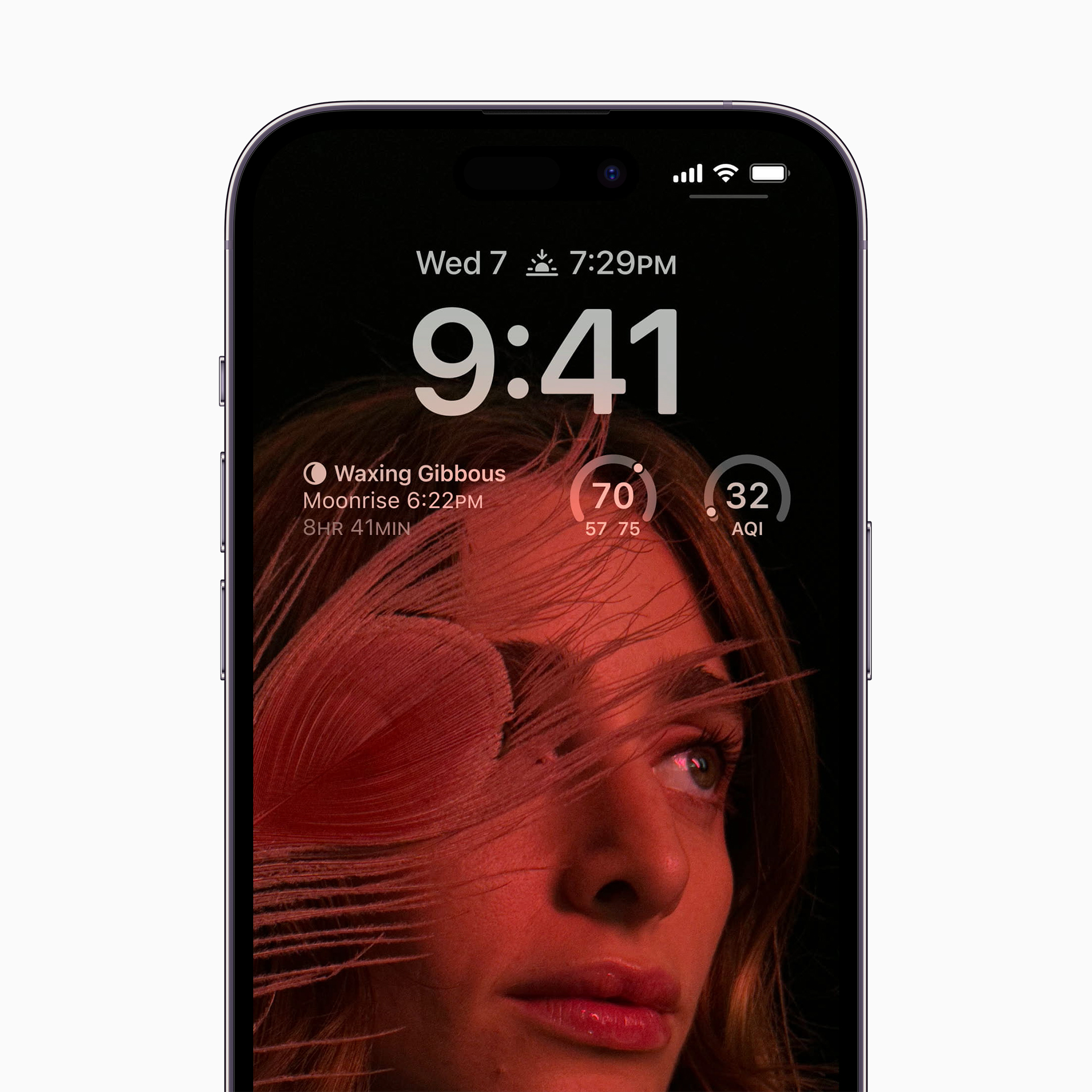
The iPhone 14 Pro & 14 Pro Max feature an all-new always-on display that borrows the same 1hz refresh rate technology that Apple first introduced with the Apple Watch Series 5. Although these handsets feature an OLED display that darkens your wallpaper when ‘asleep’ to reduce power draw, the fact remains that an always-on display uses electricity to continuously display pixels.
Apple’s always-on display is much different from the competition in that it displays a darkened wallpaper with full colors as opposed to a black background and simple white text displaying the time and date. The additional colors mean that more pixels need to be illuminated, and while it looks a lot nicer, it’s harder on the battery.
Higher operational display brightness
The new iPhone 14 Pro & 14 Pro Max feature a display that runs at 1,000 nits of brightness regularly, 1,600 nits of brightness at peak HDR performance, and up to 2,000 nits when outside in direct sunlight. This compares to the iPhone 13 Pro & 13 Pro Max’s display that ran at 1,000 nits of brightness regularly, 1,200 nits of brightness at peak HDR performance.
As you can see, the iPhone 14 Pro & 14 Pro Max get a lot brighter under common conditions, which means the display can be prone to sucking down battery juice more quickly under those circumstances. And to make matters worse, the new Dynamic Island lends additional pixels that never existed with the notch, so the iPhone 14 Pro & 14 Pro Max need to power more pixels than the iPhone 13 Pro & 13 Pro Max do.
Slightly smaller battery capacity
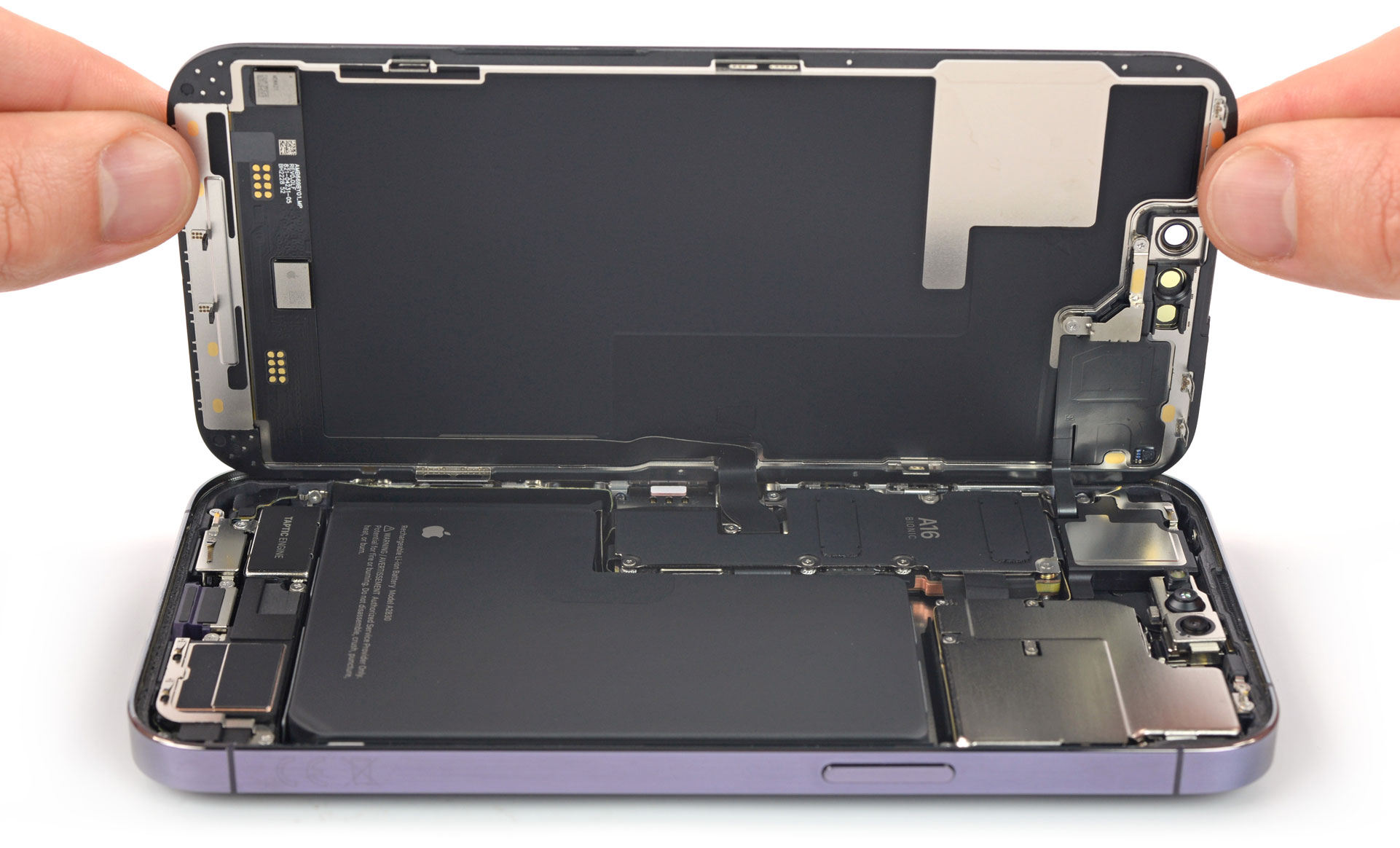
The iPhone 14 Pro Max sports a 4,323 mAh battery, while the iPhone 13 Pro Max had a larger 4,352 mAh battery; that’s 29mAh smaller than the predecessor, and while it’s not much to speak of, a smaller battery means you’ll run out of juice more quickly.
The iPhone 14 Pro actually gains a larger battery at 3,200 mAh compared to the iPhone 13 Pro’s 3,095 mAh battery, which is 105 mAh larger than the predecessor. This larger battery means the iPhone 14 Pro gets more power to work with, but the new features of the device have the propensity to tax that increased battery capacity very quickly.
Combating Battery Drain
The items discussed above can affect battery life, but it’s entirely up to you, the end user, as to whether they will or not.
Here are some tips to reduce battery drain on your iPhone 14 Pro or iPhone 14 or iPhone 14 Pro Max:
Disable or subdue the always-on display
For example, the always-on display is an optional feature. While it looks outstanding, you could opt to place your iPhone face-down on your desk when not in use or disable the always-on display entirely by visiting Settings → Display & Brightness → Always On and turning this switch to the Off position.
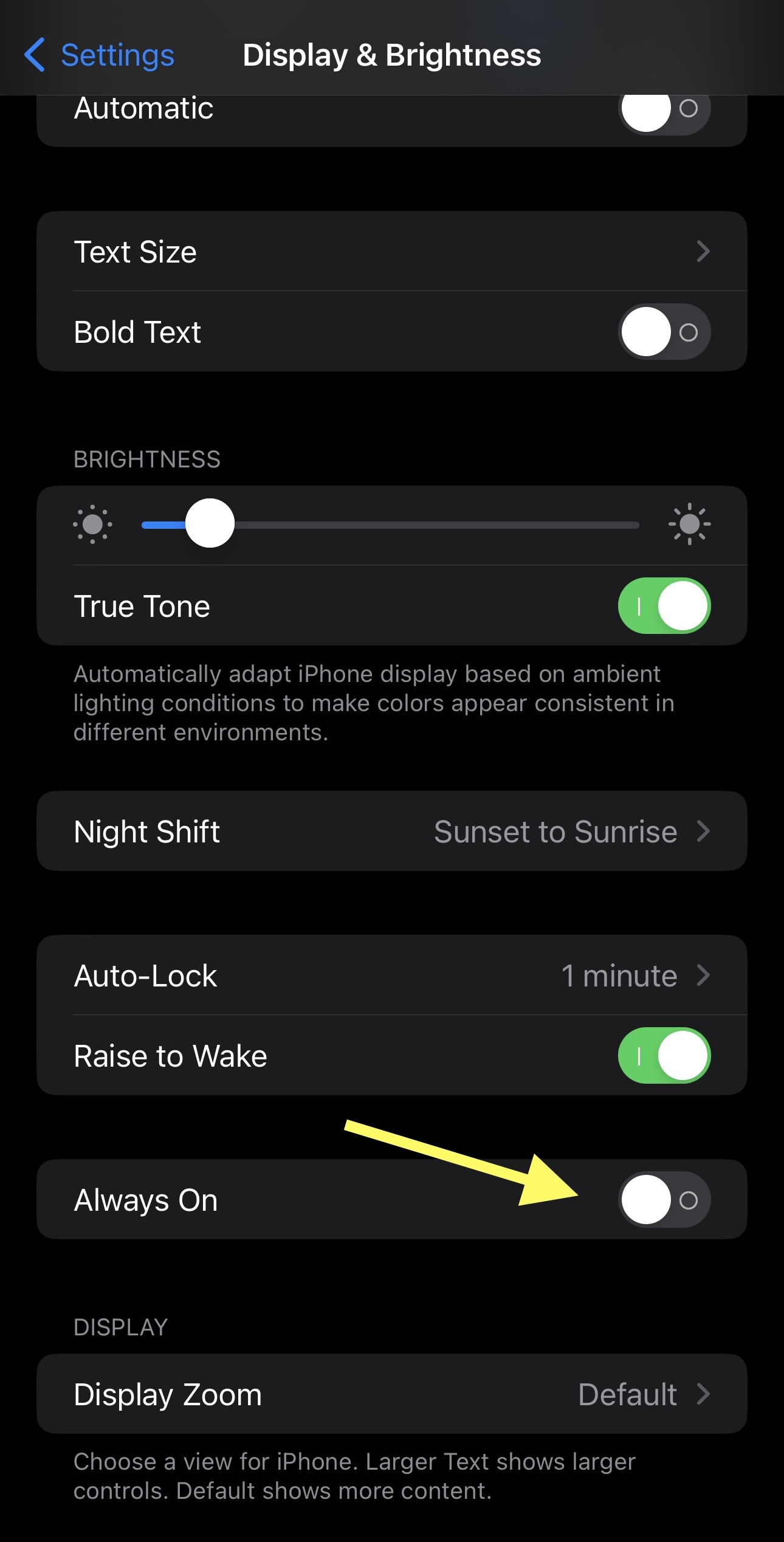
Additionally, if you have an Apple Watch, use it. When walking away from your iPhone while wearing a paired Apple Watch, the always-on display shuts off automatically until you’re in range again. Without using your Apple Watch, your iPhone doesn’t know to shut the always-on display off when you walk away, which translates to needless battery consumption.
Manually regulate display brightness
It may seem like a nuisance, however regulating your iPhone’s display brightness via Control Center is a sensical thing to do when your handset cranks the brightness all the way up when it doesn’t need to be. In fact, I generally lower my display brightness dozens of times a day; typically, until it’s just comfortable to look at.
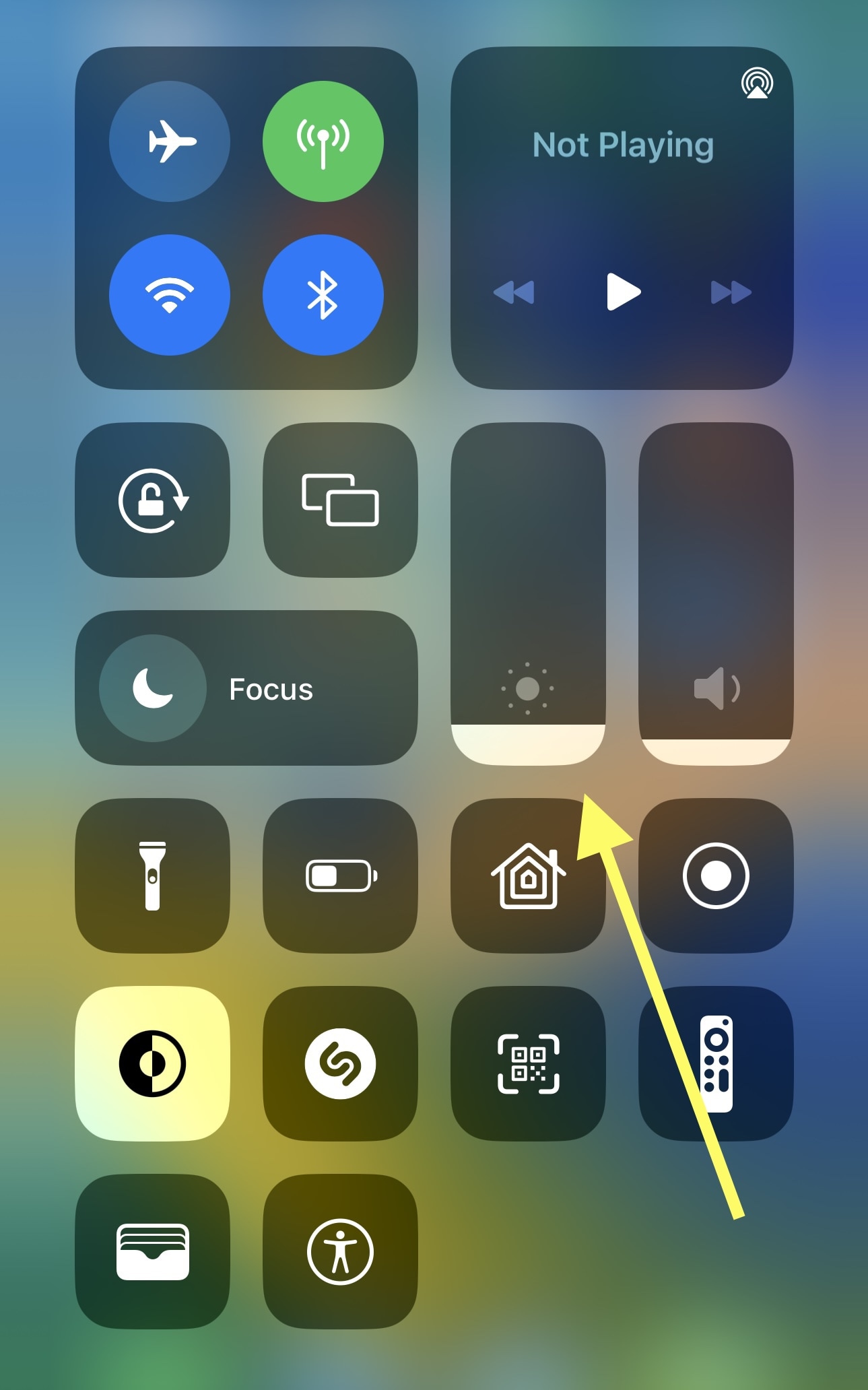
The iPhone’s automatic display dimming and brightening feature tends to over-compensate in both directions. I don’t usually need 100% brightness when I’m outside, so it’s nothing for me to turn the display down a little until I can comfortably see what I need to look at.
Take advantage of Low Power Mode
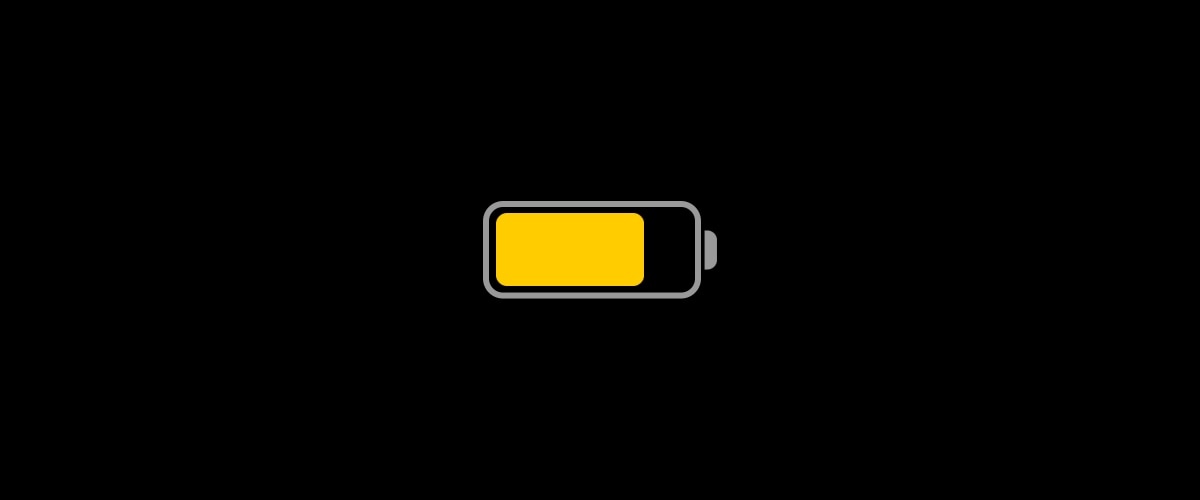
Despite the differences in battery capacities compared to last year’s model(s), the impact will be marginal with effective power regulation. Low Power Mode is an essential tool for regulating power draw when you don’t demand top-tier performance. It reduces the impact of power-intensive features, including but not limited to:
- Limiting display refresh rate
- Falling back to slower 4G data connections when it will save power
- Reducing relative display brightness
- Defaulting auto-lock to 30 seconds
- Disabling or reducing some GPU-intensive animations
- Pausing iCloud backups and Photo syncing
- Disabling automatic downloads
- Disabling or limiting email data fetches
- Throttling CPU performance
- Disabling background app refresh
- And more…
Avoid using iOS 16’s haptic keyboard
New to iOS 16 is the ability to turn on a haptically-responsive keyboard, giving you a slight buzz when you tap on keyboard keys. Android users and iPhone jailbreakers have enjoyed this feature for years, and it’s the first time that vanilla iPhone users can enjoy it too. But the effect quickly becomes bittersweet as the extraneous use of the Taptic Engine draws on power from the battery.
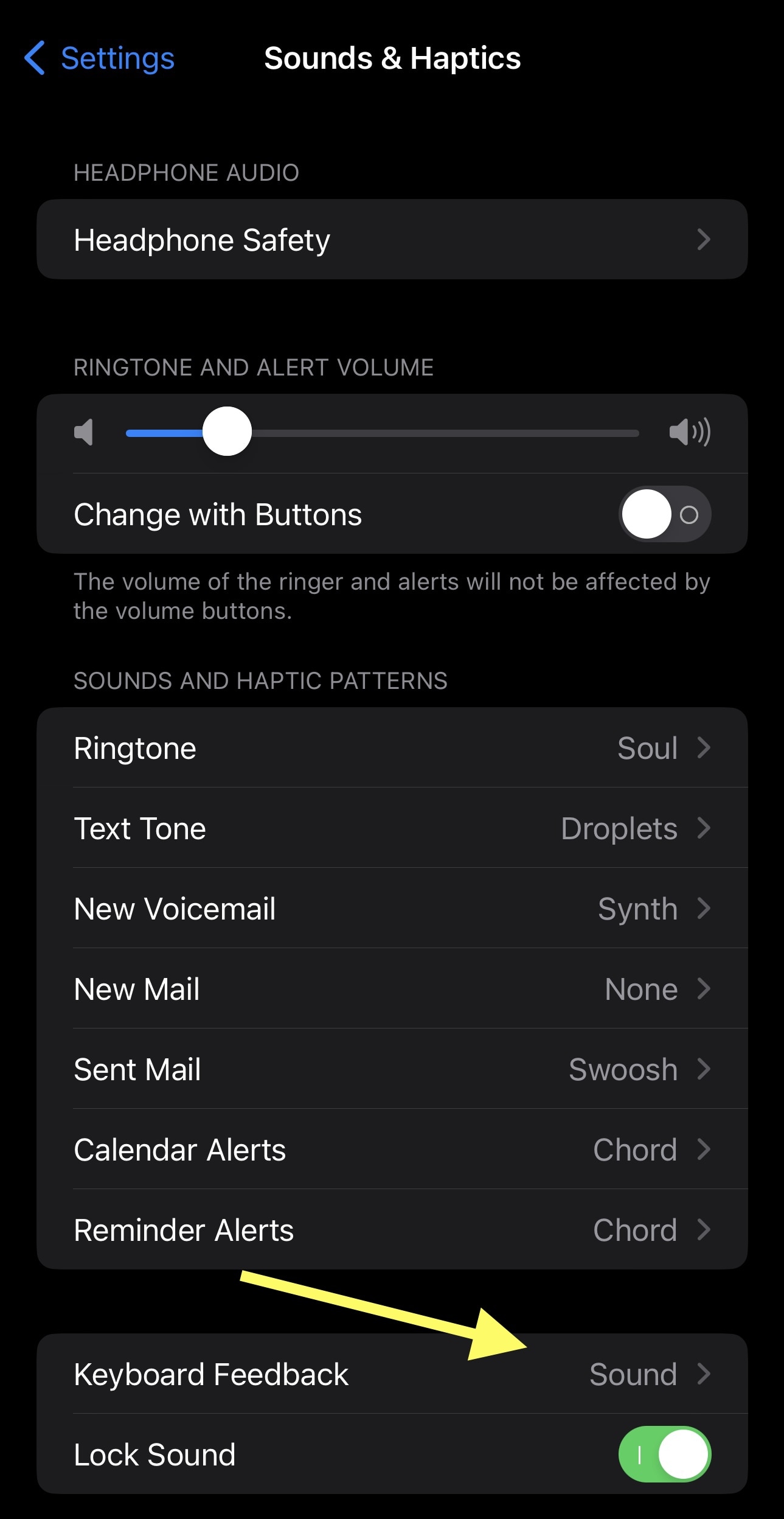
If battery life is more important to you than a vibrating keyboard, you can ensure this feature stays turned off under Settings → Sounds & Haptics → Keyboard Feedback by turning off the Haptic setting. You can even go a step further and disable haptics system-wide by turning off the System Haptics setting in the same preference pane, but this disables haptic feedback system-wide for a variety of different controls and interactions.
Use your Apple Watch whenever possible
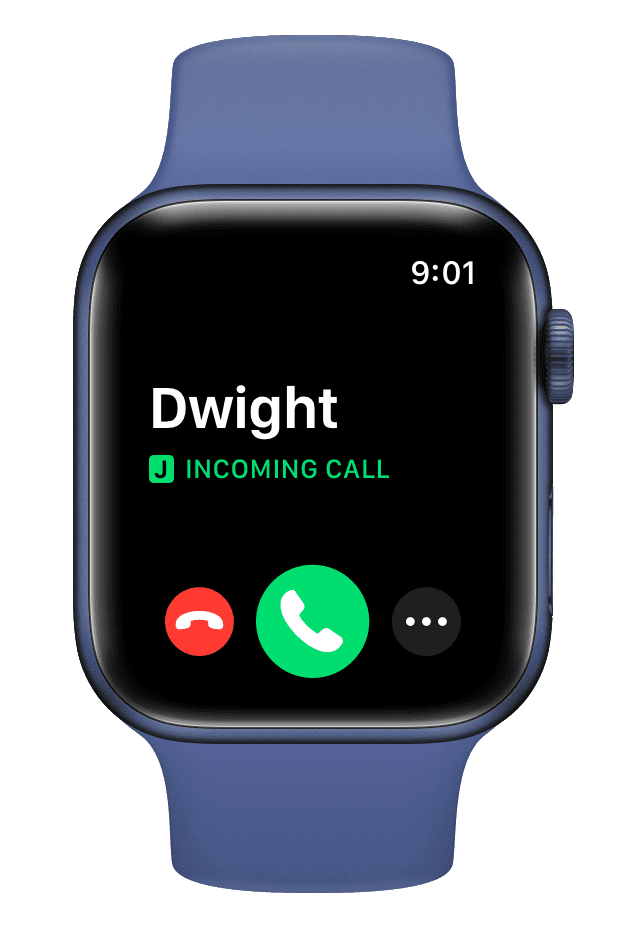
You might have an Apple Watch on your wrist, and if you do, then you can easily take phone calls and respond to text messages right from your wrist without even having to interact with your iPhone.
While this requires using the Bluetooth connection between your iPhone and your Apple Watch, this is far less battery taxing than having the call screen keep your iPhone’s display turned on or typing on your iPhone. That’s because the display on your iPhone is perhaps the single most battery-hungry component.
Your Apple Watch can take some of the battery burden so that your iPhone doesn’t have to, and in doing so, your iPhone’s battery should last longer throughout the day. Divide and conquer.
Use commonsense power-saving measures
iDB has shared extensive tips for reducing power consumption on iPhones, and all of those apply to the iPhone 14 Pro & 14 Pro Max as well.
Some of the best recommendations include:
- Use Dark Mode, as the OLED display can turn off individual pixels to display the color black
- Disable background app refresh, as app data can be refreshed when you’re ready to open an app
- Limit location usage to apps and services that need it, as location services are battery intensive
- Store your iPhone in proper temperatures, as high or low temperatures can impact battery drain
- Use Wi-Fi when possible, as cellular services (especially the 5G flavor) drain your battery more quickly
Read more about the different ways you can reduce power consumption on your iPhone, regardless of what model it is.
Conclusion
For the most part, the iPhone 14 Pro & 14 Pro Max battery life should be comparable to the iPhone 13 Pro & 13 Pro Max, and it generally is. Both year lineups can easily make it a day on a single charge, but it’s evident that some of the new features on the 14 Pro & 14 Pro Max make it much easier to drain the battery to empty than on the predecessor. It’s important to use those features in moderation, or to consider if you need them at all.
Also Read: iPhone 14 Pro & 14 Pro Max tech specs
What has been your experience with the battery life on the iPhone 14 Pro or 14 Pro Max after upgrading from the 13 Pro or 13 Pro Max? Be sure to let us know in the comments section down below.